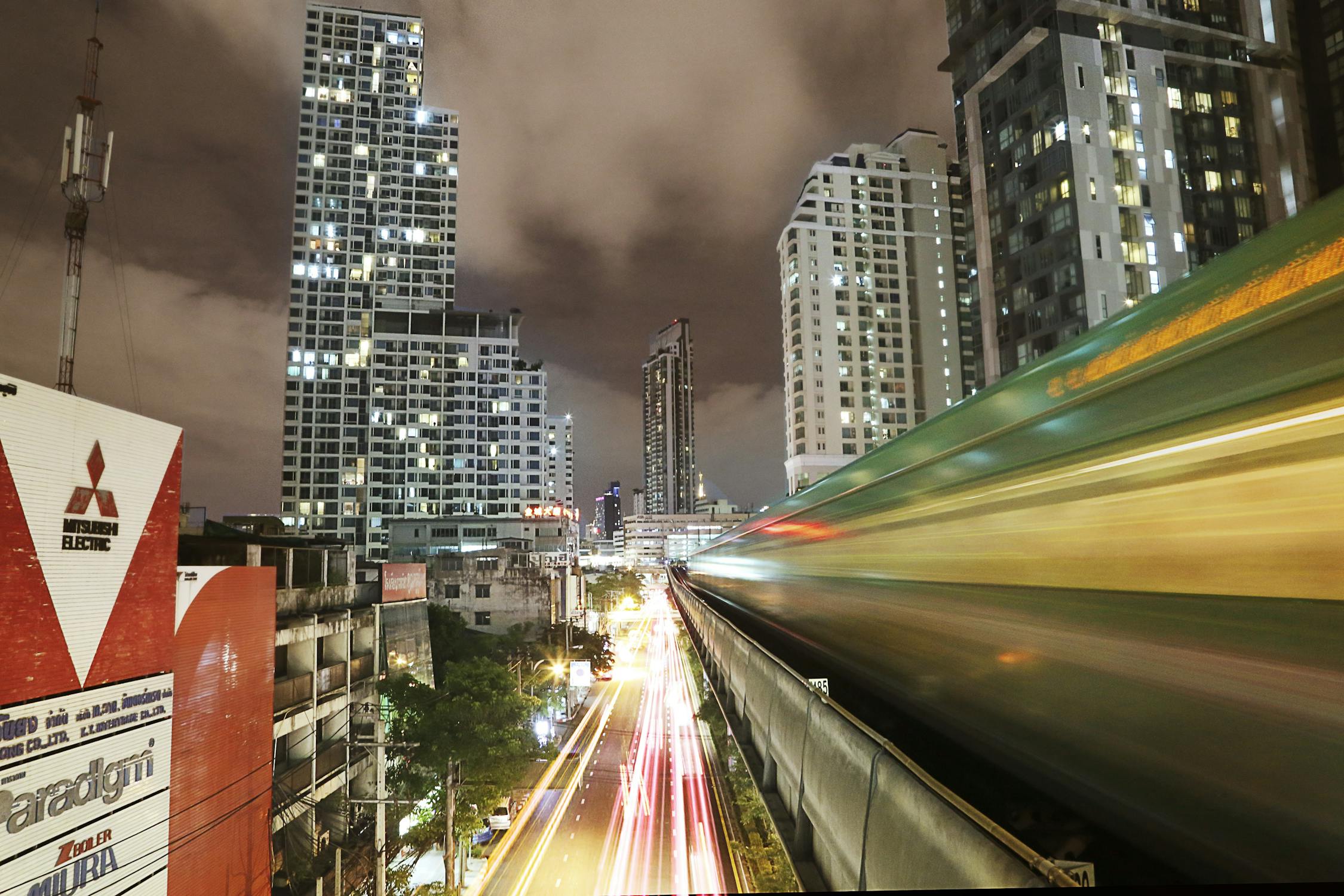Traveling Thailand in the Rainy Season: How to Prepare
Traveling to Thailand during the rainy season offers a unique perspective of this beautiful country. From lush green landscapes to fewer tourists, there are several advantages to visiting during this time. The monsoon season can also bring challenges like heavy rain and humidity, requiring proper planning and preparation. With the right approach, you can make the most of your trip while staying comfortable and safe.
Understanding Thailand's Rainy Season
In Thailand, the rainy season typically spans from May to October, influenced by the winds of the southwest monsoon. While the rains might seem unpredictable, they usually consist of short, intense downpours rather than constant drizzle. Weather patterns differ across various locations; the northern and northeastern regions tend to encounter more intense rainfall earlier in the season, whereas southern coastal areas typically experience their showers later in the year.
According to data from Thailand's Meteorological Department (tmd.go.th), average temperatures during this period hover between 25°C and 30°C (77°F to 86°F). Despite the rains, sunny intervals are common, making it possible to explore outdoor attractions in between showers. Understanding these patterns helps travelers plan their itinerary more effectively.
Regions like Chiang Mai in the north are popular for trekking during the rainy season as the landscapes transform into vibrant greenery. Meanwhile, destinations like Phuket or Koh Samui might experience periodic rainfall but remain accessible with plenty of activities for visitors.
What to Pack for Rainy Season Travel
Packing appropriately is crucial when traveling to Thailand during its rainy season. Having essentials that suit wet and humid conditions ensures you can enjoy your trip without discomfort.
- Lightweight waterproof clothing: Opt for rain jackets or ponchos instead of bulky umbrellas that can be cumbersome.
- Quick-dry clothing: Synthetic fabrics like polyester are preferable as they dry faster than cotton in humid conditions.
- Waterproof shoes or sandals: Ensure footwear is durable and slip-resistant for wet surfaces.
- Dry bags: These protect valuables like electronics, passports, and money from getting wet during sudden downpours.
- Insect repellent: Increased moisture during this time attracts mosquitoes, especially in forested or rural areas.
Bringing a reusable water bottle is advisable to stay hydrated in the warm and humid climate. Many accommodations in Thailand offer filtered water stations where you can refill it conveniently.

Managing Travel Challenges During the Monsoon Season
The rainy season can sometimes disrupt travel plans due to flooded roads or delayed flights. Choosing reliable transportation options can help mitigate these issues. Domestic flights are widely available and often operate on time despite adverse weather conditions. Airlines like Thai Airways and AirAsia provide frequent services connecting major cities and islands.
Buses and trains are cost-effective options for intercity travel; They may face delays if heavy rains cause flooding. Booking tickets through official channels such as Thai Railway Ticket ensures reliability. In urban areas, tuk-tuks or app-based ride services like Grab offer convenient solutions for short-distance travel despite wet conditions.
If you plan to explore islands such as Koh Phi Phi or Koh Tao, consider ferry schedules carefully as rough seas can lead to cancellations. Travel insurance that covers weather-related disruptions is recommended to avoid unexpected expenses.
Activities and Attractions Worth Exploring
The rainy season provides opportunities for experiences unique to this time of year. Waterfalls like Erawan Falls in Kanchanaburi and Doi Inthanon’s cascading streams in Chiang Mai become even more impressive after rainfall. Similarly, river cruises along Bangkok's Chao Phraya River offer a serene way to enjoy iconic landmarks under overcast skies.
Cultural experiences like visits to temples continue without interruption, regardless of the weather conditions. Temples like Wat Arun and Wat Pho in Bangkok are open year-round and offer shelter from unexpected showers while allowing you to immerse yourself in Thai culture.
If you have a fascination with regional customs, September is a vibrant month featuring notable celebrations like the Moon Festival and the Vegetarian Festival, which take place in areas such as Phuket and Trang. These events showcase vibrant processions along with delicious vegetarian cuisine amidst a festive atmosphere.
Cuisine Perfect for Rainy Weather
The monsoon season is an ideal time to savor hearty Thai dishes that complement cool, rainy evenings. Spicy soups like Tom Yum Goong (hot and sour shrimp soup) or Tom Kha Gai (chicken coconut soup) provide warmth while showcasing traditional flavors.
Northern specialties such as Khao Soi (a creamy curry noodle soup) are widely available in regions like Chiang Mai and Chiang Rai during this period. Street food markets also thrive despite occasional rain showers thanks to covered stalls offering fresh meals at affordable prices.
Culinary workshops offered across Thailand give visitors the chance to savor traditional dishes while discovering the authentic methods behind their preparation. This engaging experience remains enjoyable regardless of the weather outside.
Health Precautions During Rainy Travel
The increased humidity during monsoons creates a conducive environment for certain health risks such as mosquito-borne illnesses (e.g., dengue fever). Applying insect repellent regularly reduces exposure while wearing long sleeves adds an extra layer of protection against bites.
An umbrella insurance policy specific for medical emergencies abroad might be worth considering alongside regular travel insurance policies covering cancellations due solely due climatic factors previously mentioned earlier context already discussed above about ferries disrupted etc..